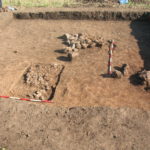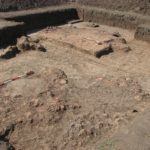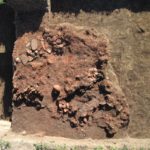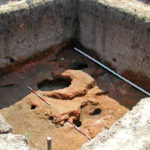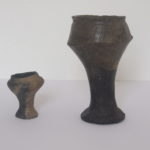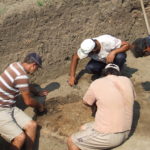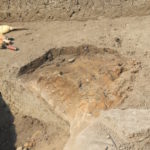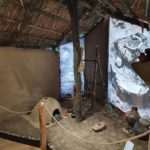Belovode
Belovode
Neolithic settlement
The remains of the Neolithic settlement "Belovode" are located 2 km west of the place where three villages Veliko Laole, Tabanovac and Krvije meet. It is located on the right bank of the river Busur.
"Belovode" was discovered in 1954 by an associate of the National Museum in Požarevac, Nikola Krstić, who gave the first information about the site where he collected several dozen archeological objects.
The National Museum in Požarevac and the National Museum in Belgrade have been conducting archaeological research on this site since 1994.
The settlement of Belovode is geographically the closest to the oldest metal mine in the Balkans - Rudnaglava. Everything indicates that copper ore was melted and processed here for the first time in the history of civilization. The inhabitants of Belovode were engaged in agriculture and cattle breeding.
The site covers an area of about 80 hectares. Almost in the middle, it is partially separated by the valley of the Belovode stream that springs in this area.
The settlement was formed around 4,500 BC and remained active until 3,800 BC when it perished in the fire.
The well-preserved remains of houses from this period are of great importance for the archeological findings in Belovode. The houses found burned in a fire. Among the numerous discovered archeological sites, ceramic vessels of various shapes stand out. These were used for storing and preparing meals, and were used for ritual purposes as well (black polished biconical bowls with ironed fluting, polychronic cups, various types of jugs). The ritual vase, in the shape of a bird, for now unique in the Vinča culture stands out.


